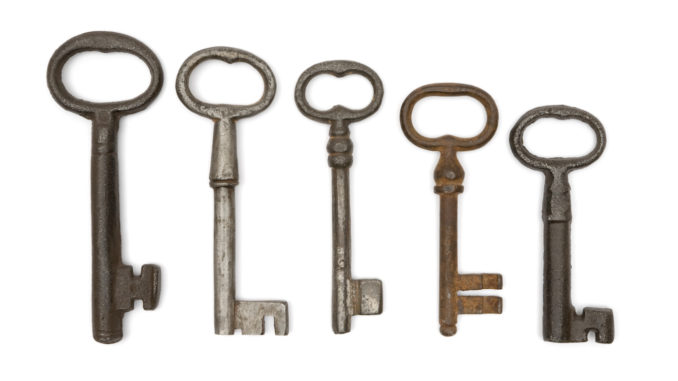
he “health” of a startup’s growth can be a strong predictor of how large and valuable it can become. Our generation’s most valuable startups have all sustained a high rate of user/revenue growth over an extended period of time. As such, founders, employees and investors are all trying to figure out if their startup can achieve sustainable growth to create a large and enduring business over time.
Simply looking at top-line growth tells you relatively little. Two startups that are currently growing users or revenue 300% every year can each have different long-term prospects. It’s almost like looking at two people of the same age, height and weight, and projecting the same quality of life and longevity for both — there are many more factors that can help you make better predictions. Startups are similar, and it’s important to dig deeper into the health of a startup’s early growth and work to build the right foundation from an early stage.
Paid marketing can be a useful tool in your toolkit to accelerate an already humming flywheel. Just don’t let it be the only one.
Prior to becoming a VC at Defy, I founded two companies and was Eventbrite’s VP of growth for over six years from startup through IPO. Working across all stages from founding through to public company and advising many other startups along the way, I’ve landed on five critical factors for healthy and sustained growth that can be the difference between a startup failing, getting to a modest exit or building a valuable and enduring billion-dollar company.
Healthy engagement and retention are key
At its core, any successful product or service delivers more value to the user/customer than it costs to use (money or time). To see if your product is delivering true value, ask if it is achieving strong user engagement and customer retention. My friend and growth guru Casey Winters captures this well: “Product-market fit is retention that allows for sustained growth.”
Consumer startups can evaluate this via through cohort-based retention analysis of how frequently customers use the service, and how long they are retained for. SaaS businesses should be talking with customers often to gauge their happiness while also looking at logo retention as well as gross and net revenue retention — ideally, the business should show early signs of being a net-negative churn business, wherein revenue from existing customers actually grows over time, even after accounting for churned customers.
Many people incorrectly think “startup growth = customer acquisition.” In reality, retention is the most fundamental aspect underlying sustainable growth.
Customer obsession creates “pull” from the market
Customer obsession, plus organic pull from the market, are indicators of early product-market fit and signals of future growth potential.
Here are a couple ways to measure this:
See if a healthy percentage of the business is growing without paid spend, generally through word of mouth or some other form of virality. If your business is seeing more than 50% organic growth at a fast rate (200% to 300%+ year over year), you’re solving people’s needs well enough that they’re now sharing with others and creating a positive viral effect.
